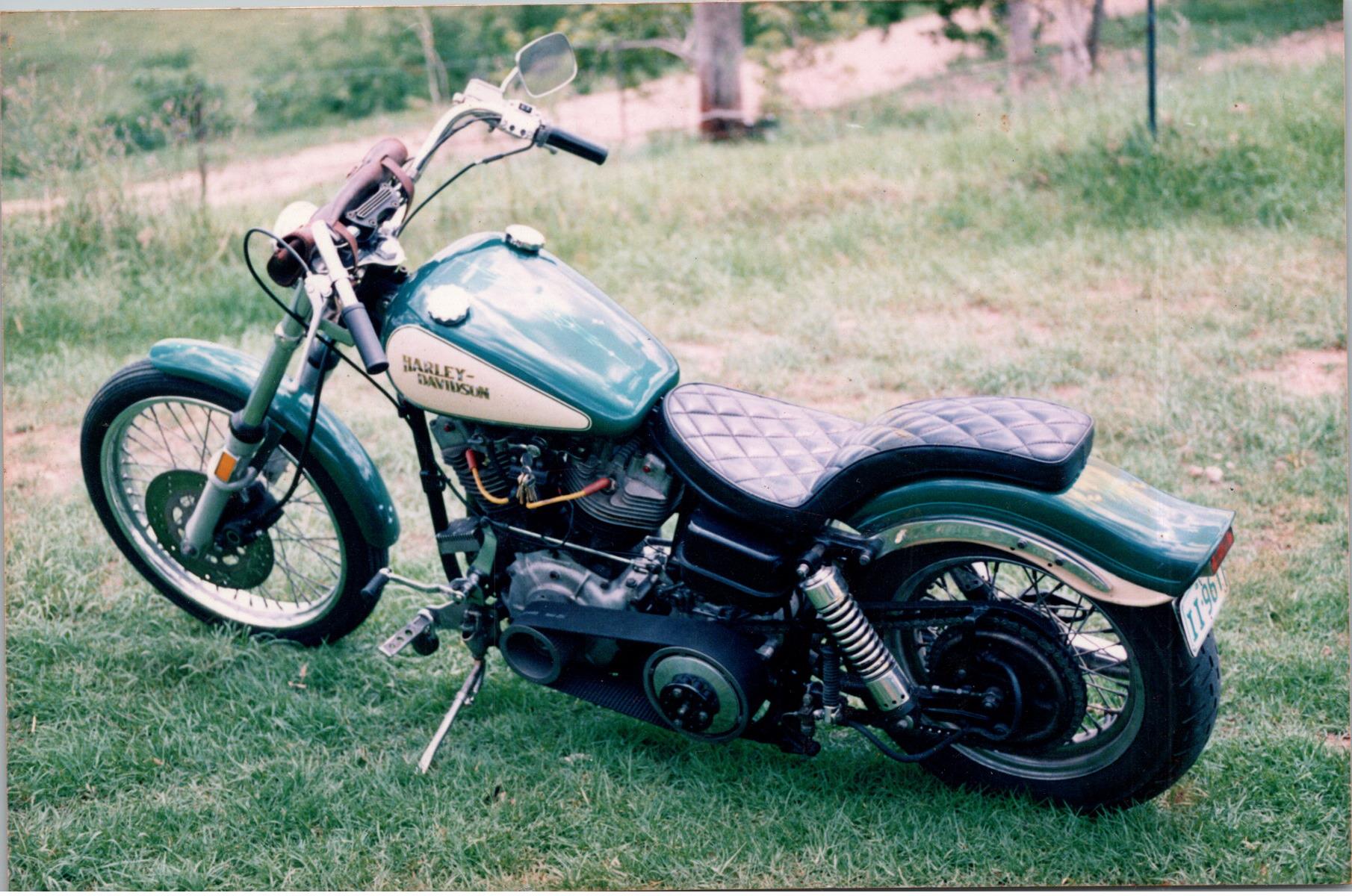Riding your motorbike regularly keeps it in good shape, as long as you don’t neglect maintenance. Letting your bike sit for too long, on the other hand, causes it to degrade: tyres decline, seals dry up, fluids leak, and moisture can turn your gleaming gas tank and body panel into rust-ridden shadows of their former selves. The longer your bike has been in storage, and the more carelessly it’s been stored, the worse the condition it’s likely to be in. But there’s hope. When you know how to restore an old motorcycle, you can pull it out of your garage, workshop or storage space and give it a fresh start. With the right skills and tools, you can even restore a motorcycle that has been sitting in storage for decades!
When a motorcycle has been sitting for far too long, lots of things can happen. Some are invisible to the naked eye; some are much more obvious. Damaged seals, damaged gaskets, a dead battery, fading and peeling on the gas tank and a build-up of rust and condensation are some of the most common effects.
You can tackle the task of bike restoration yourself, but there’s something to be said for calling in a professional. A pro with years of experience in bike restoration can restore a motorcycle’s exhaust pipes, carburettor, airbox, electronics and all the other essential elements, as well as access high-quality parts through their suppliers.
If you’d rather tackle the job yourself, there are tips you can take on board to make the process easier. Here is Taverner Motorsports’ guide on how to restore an old motorcycle.
What to Prepare
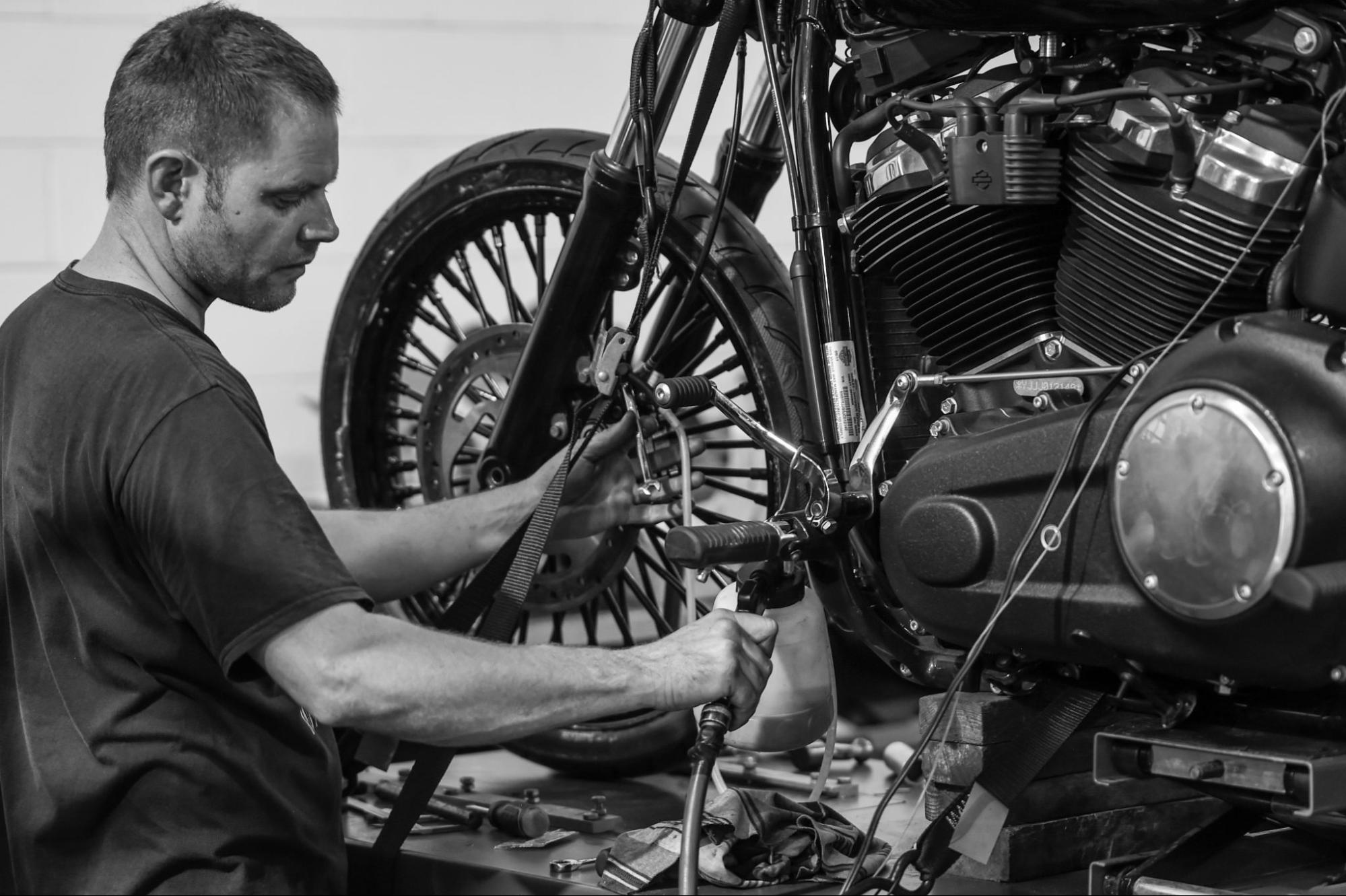
Before you can pull your old motorcycle out of the shed and start working on it, there are some things to get in order:
Tools and equipment
Make sure you have all the tools you’ll need for the restoration at your disposal, which can include a lot of equipment. You’ll likely need to reach for a wrench, a screwdriver, a torque wrench, a socket set, plus specialty tools like a bike chain tensioner.
Safety gear
Protective gear like gloves and safety glasses, plus sturdy boots, are recommended.
Replacement parts
The longer the motorcycle has been locked away, the more likely it is that some parts will need to be replaced.
Cleaning products
Special cleaning and degreasing products that are specifically made for motorbikes are best, as the first thing you’ll be doing is giving your bike a good clean.
Carburettor cleaner
Cleaning your carburettor is an important part of restoring your motorbike, and there are quality cleaning products out there made just for carburettors.
A change of oil and fuel
Out with the old and in with the new. You’ll be draining your old oil and fuel and topping it up with fresh fluids, so be prepared.
Where to Start
Restoring an old motorcycle always starts with a thorough clean. Before you can restore or replace the motorcycle’s exhaust pipes or any of its other components, you need to tackle all the dirt and grime that’s built up over the years. That’s why the first step in restoring a motorcycle that’s been sitting for ages is always a good clean and degrease.
When you use specialty cleaning products to scrub the filth off a motorbike, it makes it easier to observe the true condition the motorbike is in and to see what you’re working with. Now you can see what you’re doing, you can get down to business and restore your old motorcycle.
Restoring Your Old Motorcycle
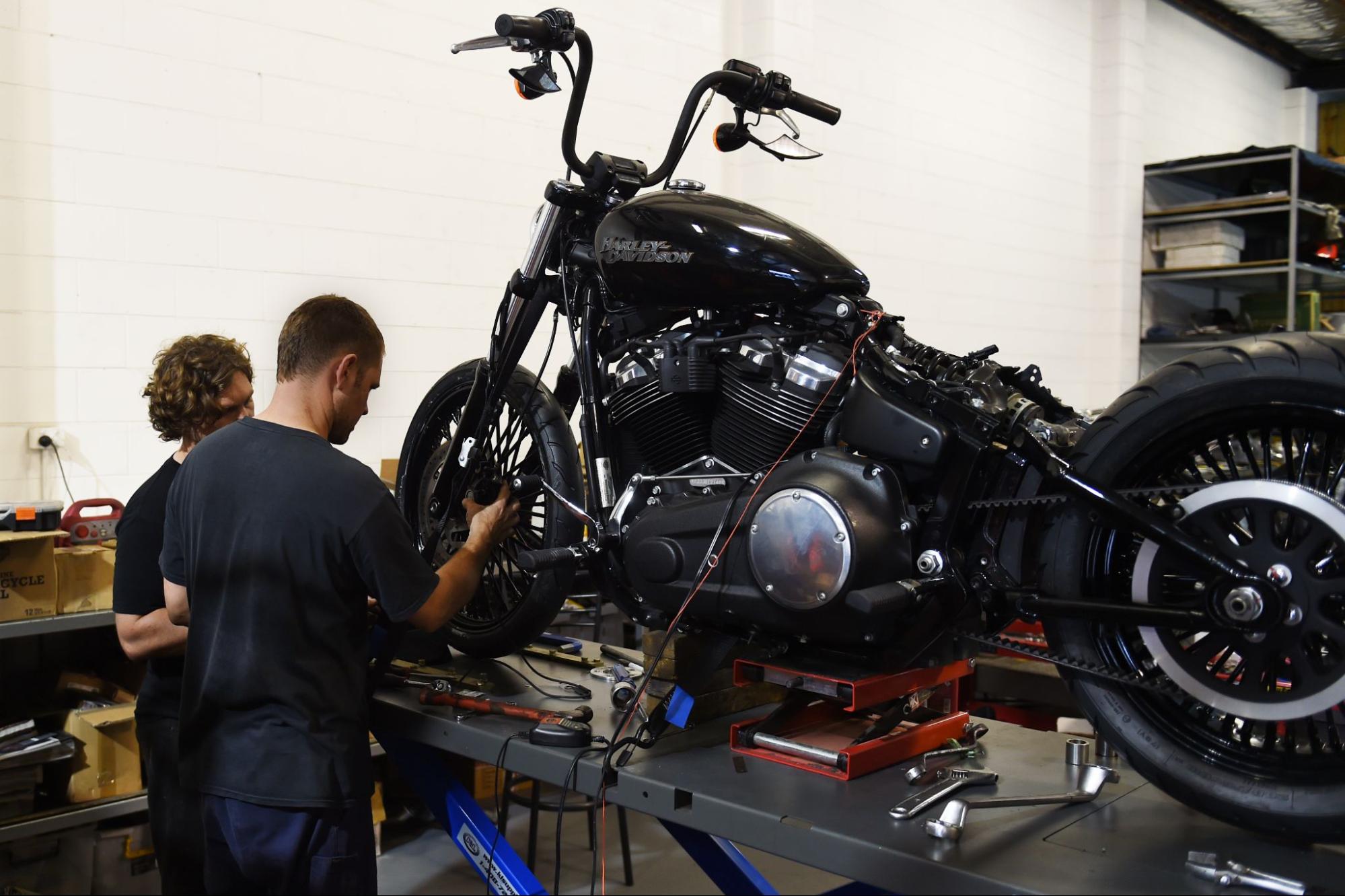
Restoring an old motorcycle isn’t an easy process, but it does save a bike with potentially a lot of life left in it from the scrap heap.
Here’s Taverner’s step-by-step guide to how to restore an old motorcycle. This is only a short summary. If you have any questions, get in touch with us.
Flush the fuel system
After cleaning the bike itself, the next step is to flush out and clean the fuel system. The best method is to start at the tank and then move on to the fuel pump, lines, filters and EFI system.
Revive the carburettor
Disassemble the carburettor, inspect every component and clean with special cleaning gear. Cleaning your carburettor can be an intensive process, and while it sometimes only needs a basic clean, there are times when a more in-depth approach is necessary.
Clean the airbox
After years out of action, the airbox can accumulate debris. While you’re cleaning it, make sure you also clean or replace the air filter to avoid compromising the airflow.
Clean and rebuild the brakes
Use a good-quality brake cleaner to remove any debris from the rotors. Cleaning your motorcycle’s brakes is relatively easy with the right-sized brush and some decent cleaning fluid.
Replace the battery and check the electronic connections
The longer your motorbike has been in storage, the higher the likelihood its battery has depleted. While you’re replacing it, check the electrical wiring and plugs for any visual signs of degradation.
Check the ignition system
Look for damage to the coils, leads and spark plugs and replace as necessary.
Lubricate and prime the engine
Turn over the engine by hand before you plug the spark plugs back in. You can also put a few drops of engine oil into each cylinder barrel.
Change the oil
Drain the oil and other fluids, such as coolant and replace them with fresh gear.
Examine your timing and valve clearances
Check up on your valve clearance as well as cam and ignition timing.
Do an ignition test
Remove the spark plugs and cycle the starter to see if you get a spark. A nice blue spark is the sign of an ignition system working as it should.
Tips To Make Restoration Easier
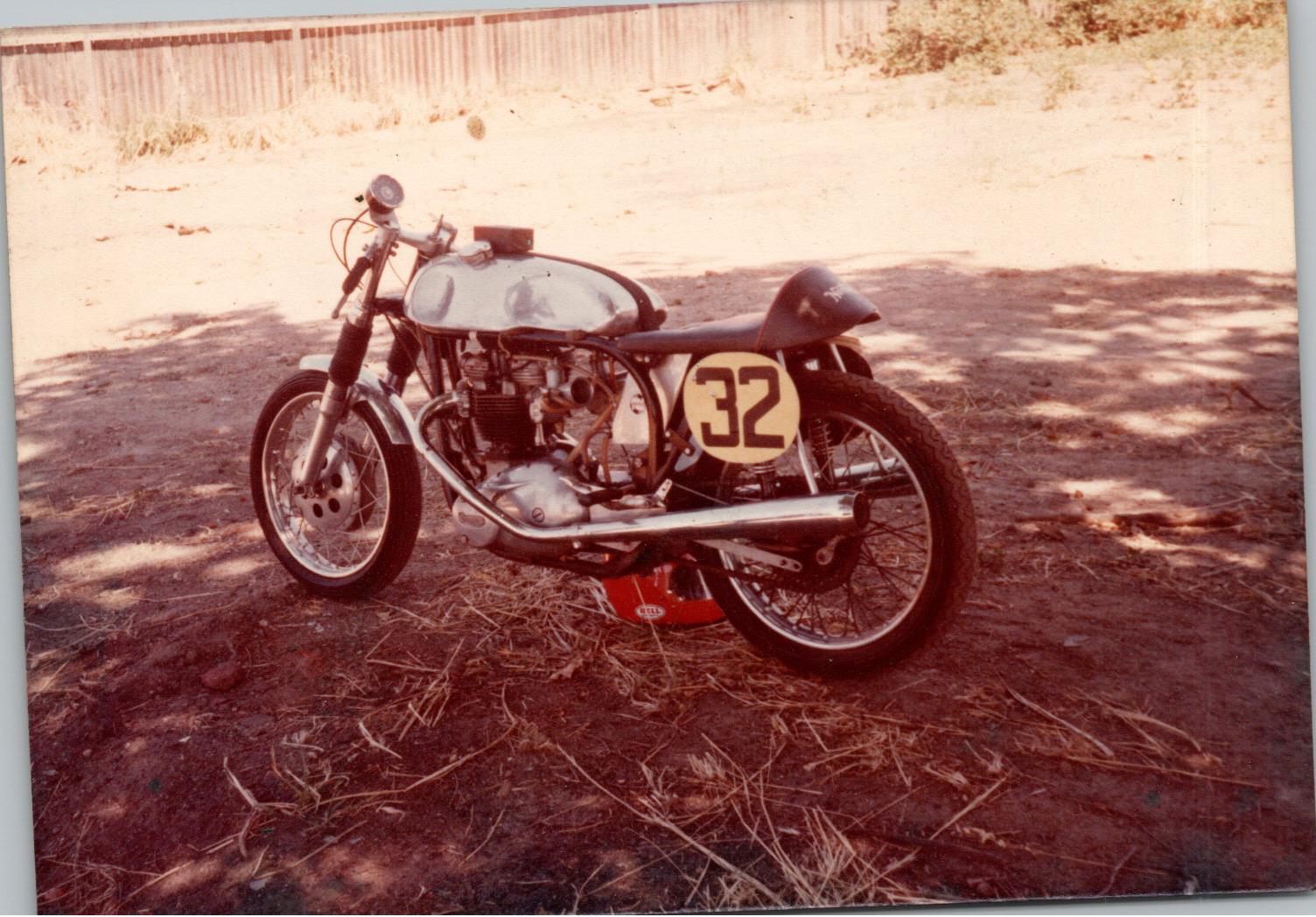
Here are some tips to protect your safety and make the process easier when you restore an old motorcycle:
Find a service manual
If you can get your hands on the manufacturer’s manual for the bike you’re working on (or find it online), you approach the task more strategically.
Have your toolbox ready
At the very least, you need a basic toolbox equipped with the essentials like wrenches, screwdrivers, angle grinders and sockets before you can take on restoring a motorcycle that has been sitting in a garage for ages. There are some useful guides online for what to put in a motorcycle toolkit.
Use a motorbike stand or lift
This protects your back and makes carrying out the task much easier.
Be sure what wires you’re cutting
It’s wise to label wires as you go and avoid tampering with them if in doubt.
Document the restoration
If you take photos of the motorbike when it’s in its original condition, this will give you a reference point for how much work you’ve done and how far you’ve come.
Motorcycle Restoration at Taverner Motorsports
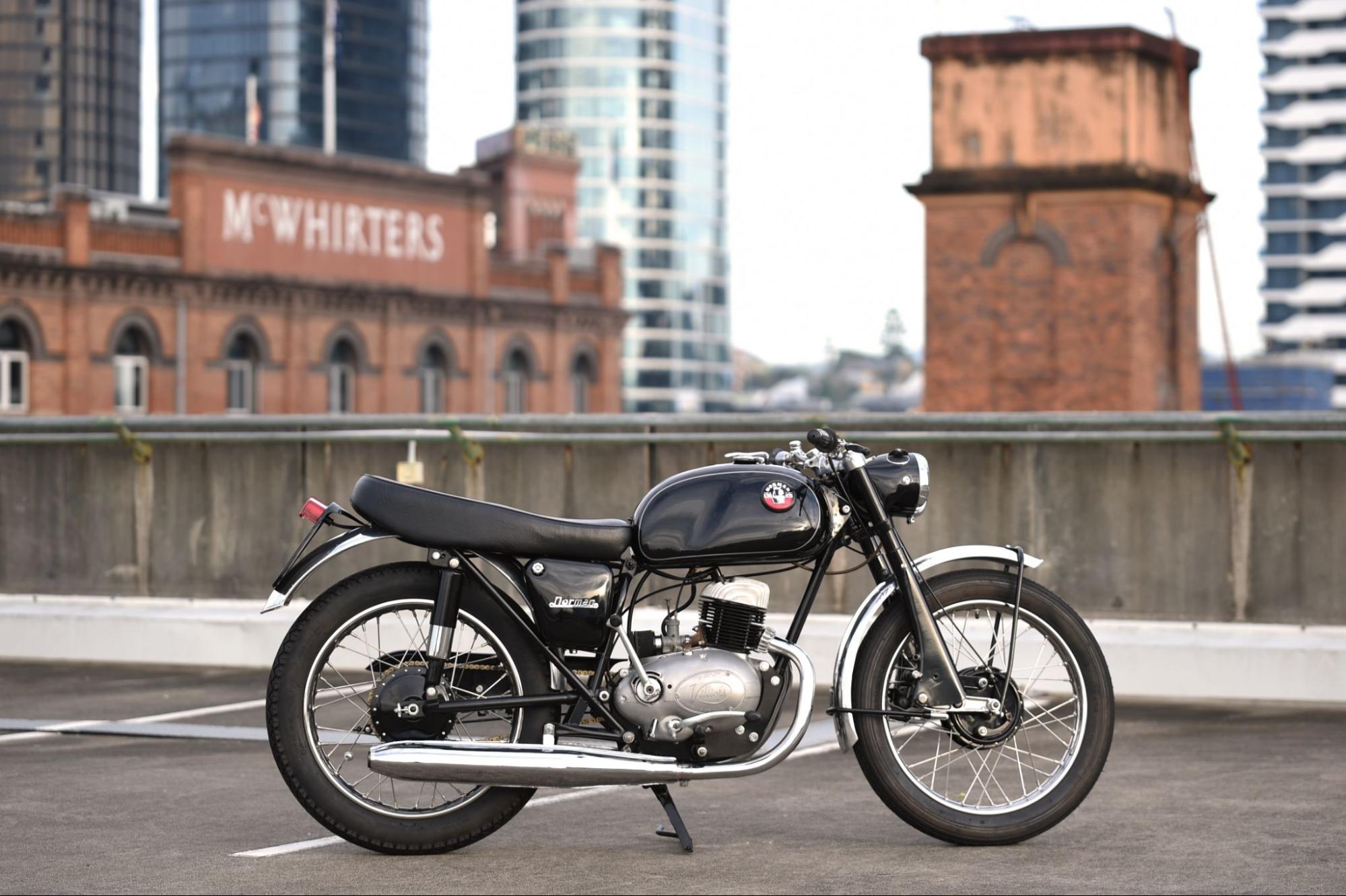
If it all seems a bit daunting and you’d understandably prefer to avoid tampering with the battery, electronics, plugs etc., Taverner can take charge of your bike restoration.
For 40+ years, we’ve been working on motorbikes of all makes and models, including both classic and modern bikes. We can restore a motorcycle that has been sitting around no matter how long it has been gathering dust. With the highest levels of expertise and care, we thoroughly clean and disassemble the bike, remove or replace any damaged parts, repaint and reassemble. We make any repairs or modifications necessary, including restoring a motorcycle’s exhaust pipes, transmission, brakes, suspension and other essential components.
If it’s more power you’re after, we can do more than restore an old motorcycle. We can take it to the next level with performance work, including turbochargers and supercharger kits.
If you’re ready to restore your old motorcycle exhaust pipes, carburettor and all, contact Taverner on the north side of Brisbane and request a quote.
